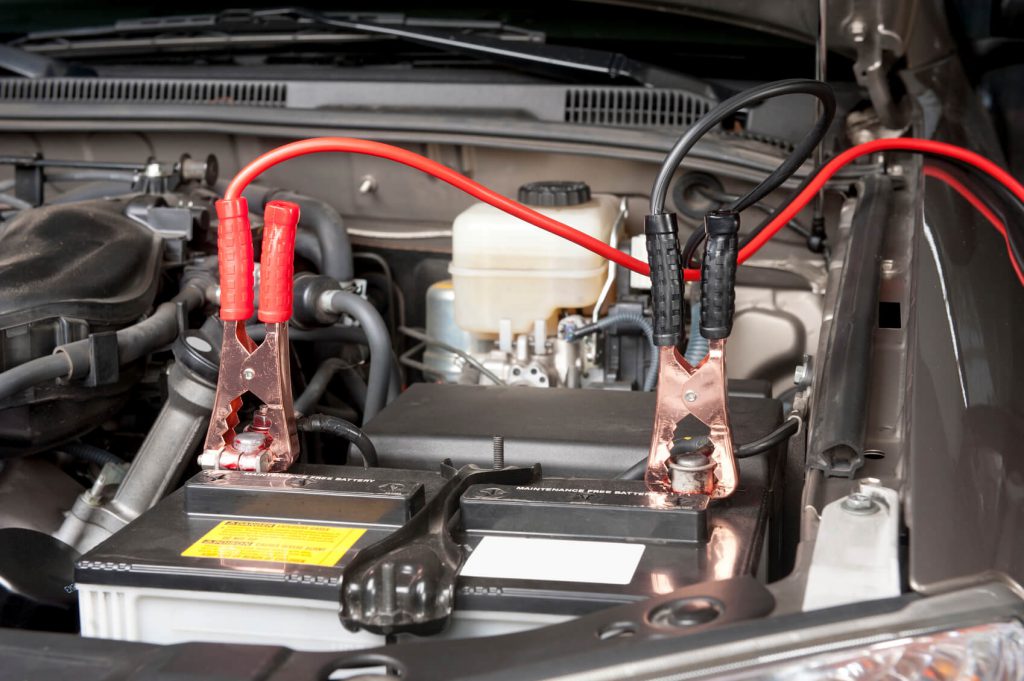The battery must be charged properly and the generator must produce as much electricity as needed. It is absolutely abnormal when a car cannot be started without outside help, except in cases where the car has been sitting for a long time with the lights on, the door open, or the radio on.
The energy balance of the vehicle must be stable. However, in practice this is not always the case. This is why the same battery in the same car has been working without problems for 8 years, but in another vehicle the battery has problems every winter. Firstly, the battery does not like to be constantly undercharged, which is associated with seemingly minor defects (for example, a corroded engine ground wire). Secondly, one car is more loaded in terms of energy consumption, while the other is less so.
If the battery is really fully charged, there are no questions. However, in practice this rarely happens. Charging the battery (especially with the onset of severe frosts) using a rectifier is the best option. To do this, you need to connect the rectifier or charger to the battery, insert the plug into the outlet and wait. However, be careful that the battery does not explode. Such situations happen not only to amateurs, but also to inexperienced mechanics.Charging a battery can be dangerous because the battery generates a certain amount of explosive hydrogen during this time. Nothing will happen if you do not approach the battery with fire. But if you lean toward a battery with a lit cigarette, an explosion is almost inevitable.
What should you avoid while charging your battery?
- Twisted plugs.
A rapidly charging battery, especially when it is almost full, emits a large amount of gas. The plugs must be unscrewed during such charging so that the gas has a free exit and does not cause the battery to explode. This does not apply to batteries that are equipped with a special ventilation system. There is also no need to unscrew the plugs if you are sure that the charger has a low charging voltage.
2. Smoking and open fire near a charging battery.
The gas emitted by a charging battery is flammable and explosive. It comes out both when charging the battery using a rectifier, and when charging while the engine is running. If you stand under the hood with a lit cigarette or try to look at the battery with a lighter, the battery may explode and spray you with acidic electrolyte!
3. Recharging the battery.
Overcharging is harmful to the battery because it can cause the electrolyte to boil. This happens if the charger is used without electronic overload protection. Symptoms of overcharging include traces of evaporated electrolyte on the battery, poor battery performance, and a short circuit. During a short circuit, a current of such high intensity occurs in the wires that the cables, along with the insulation, can melt in a short time.
4. Long-term undercharging of the battery.
Nothing harms a battery more than frequent and prolonged discharges, undercharging and overcharging. In all these cases, the cause may be that the charger voltage is too weak or too high. This “jamb” can be corrected quite simply.
Battery life depends primarily on the condition of the vehicle’s electrical system and the accessories installed in it. Too much power consumption at rest will quickly drain the best battery. The battery life is also reduced due to frequent complete discharges. If it comes to this, the battery should be fully charged as soon as possible. Leaving the battery empty for a long time increases the likelihood of it sulfating.
Avaruosad.ee – online auto parts store
Need spare parts for your car? Call for free consultation:
- +372 56 812 812
- info@avaruosad.ee


